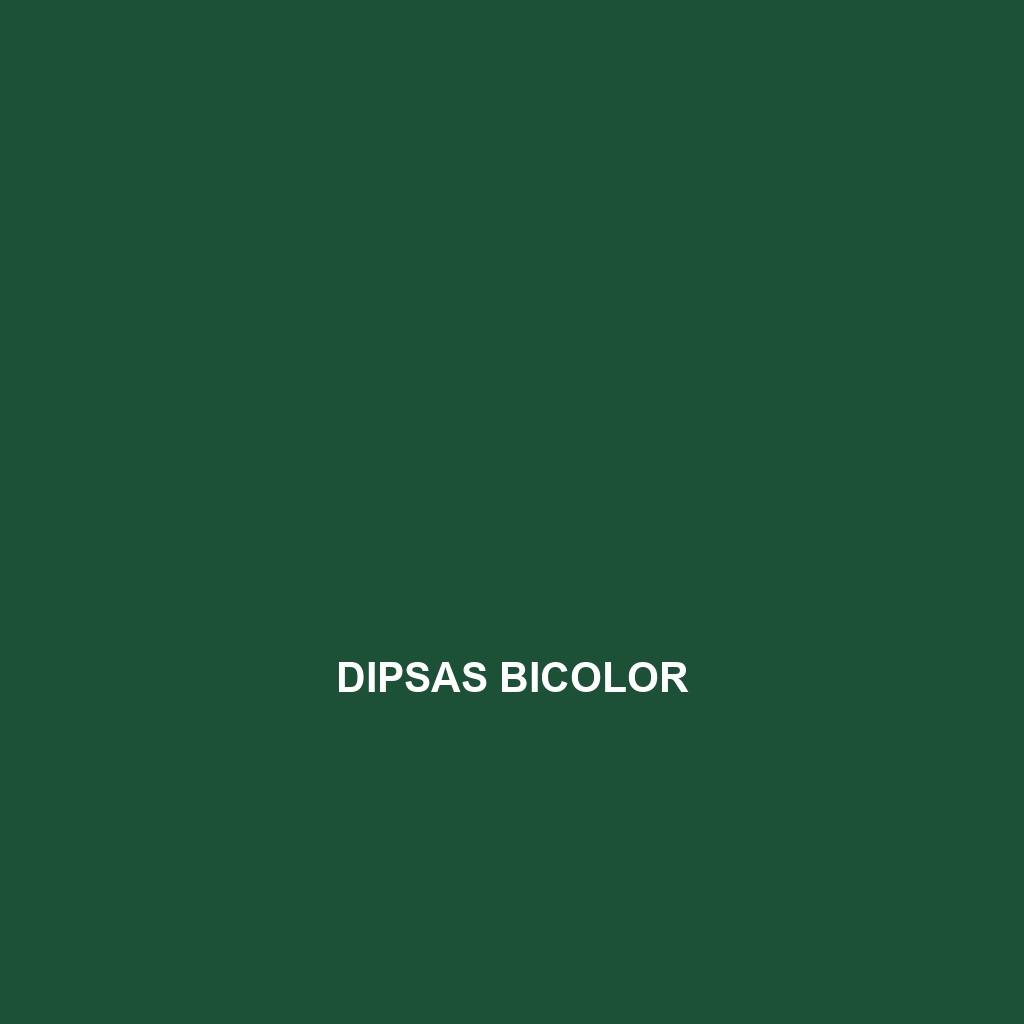Dipsas bicolor: A Comprehensive Species Description
Common Name: Dipsas bicolor
Scientific Name: Dipsas bicolor
Habitat
Dipsas bicolor, commonly known as the two-colored snail-eater, is primarily found in the tropical rainforests of Central and South America. Its range extends from Costa Rica to western Ecuador, thriving in humid lowland rainforest environments, as well as adjacent secondary forests where it can easily find its prey.
Physical Characteristics
This non-venomous snake can grow to a significant length, typically ranging from 1.2 to 1.5 meters (4 to 5 feet). Dipsas bicolor is characterized by its distinctive coloration, which features a striking pattern of alternating dark and light bands that aid in camouflage among its leafy surroundings. Its slender body shape and elongated head are noteworthy, with smooth scales that contribute to its sleek appearance.
Behavior
Dipsas bicolor is primarily nocturnal, which means it is most active during the night. During the daytime, it often remains hidden among the leaf litter or in tree branches, adopting a coiled position to blend with its environment. Its calm demeanor and slow-moving habits make it less threatening, often relying on its camouflage to avoid predators.
Diet
The diet of Dipsas bicolor consists mainly of snails and slugs, reflecting its common name as the snail-eater. This snake plays a crucial role in controlling the population of these gastropods in its habitat. Its feeding habits are especially interesting as it has developed a specialized technique to extract snails from their shells, making it a fascinating subject for research in dietary adaptations.
Reproduction
Dipsas bicolor typically breeds during the wet season, where mating occurs in female-selected territories. Female snakes give birth to live young, usually producing litters of 5 to 15 offspring. The newborn snakes are independent right from birth, showcasing notable survival skills in a competitive environment.
Conservation Status
Currently, Dipsas bicolor is listed as Least Concern by the International Union for Conservation of Nature (IUCN). However, due to habitat loss caused by deforestation and agricultural expansion, its population faces potential threats which necessitate ongoing monitoring and conservation efforts.
Interesting Facts
One fascinating aspect of Dipsas bicolor is its ability to consume a wide variety of snail species, some of which are toxic. Its unique adaptation allows it to avoid being harmed, making it an exceptional example of evolutionary survival. Additionally, this species is often kept in captivity and studied for its dietary habits and behaviors.
Role in Ecosystem
Dipsas bicolor plays a vital role in its ecosystem by maintaining the balance of gastropod populations. By consuming snails and slugs, it helps prevent overpopulation, which can lead to vegetation damage. Furthermore, as prey for larger predators, it is an integral part of the food web in its rainforest habitat.
